How Do I Set The Duress Code On My Qolsys IQ Panel 4?
The Duress Code is enabled by default on an IQ Panel 4. To change the 4-digit code, you must access the User Management Menu. In the user management screen, select the pencil icon next to the Duress User. Then you will delete the exiting asterisks, and enter the new 4-digit Duress Code.

The IQ Panel 4 is Qolsys' replacement for the IQ Panel 2 Plus. Just like the IQ2 Plus, the IQ4 comes in the 319.5 MHz (Qolsys/GE/Interlogix), 345 MHz (Honeywell/2gig), and 433 MHz (DSC) versions. All three (3) panel versions will also support the 915 MHz PowerG frequency sensors. There is also a PowerG-only IQ Panel 4 version that does not offer legacy receiver support. Each IQ Panel 4 comes with either a Verizon or an AT&T LTE communicator built in. Also, new to the IQ4 is that it can be purchased in black. This provides an alternative option to the standard white panel.
The Duress Code is an added level of security that allows a special user per partition to be set up. This additional user code, called a Duress Code, is only to be used in an emergency where help is needed immediately. The code can be used to arm and disarm, but in addition in the background, it sends the central station a silent alert. This alert indicates to the monitoring station operator that something is wrong and to send help right away. Only monitored alarm users that connect to a central station can truly take advantage of this feature.
If you have more than one (1) partition enabled, there will be a default Duress Code for each partition. The default Duress Code for the main partition is 9998. If Partition 2 is enabled, its default Duress Code is 9991, Partition 3 is 9992, and Partition 4 is 9993. When editing the Duress Codes, once multiple partitions have been enabled, you will notice check boxes to the right, for those additional partitions. These check boxes are not selectable. Each partition must have its own unique 4-digit Duress Code.
The Duress Code can be used in a situation where the user is being forced to disarm the panel, against their will. It can also be used in any situation where the alarm user does not feel safe and wants the police to respond quickly.
To add or edit a duress code on an IQ Panel 4, follow these steps:
1. Enter the User Management section. Start from the main screen of the IQ Panel 4. Press the small grey bar at the top. Choose Settings > Advanced Settings > Enter the Master/Installer/Dealer Code (default 1234/1111/2222) > User Management
2. Edit the existing duress code. Look under the name column for the code(s) labeled Duress. Then select the pencil icon to edit that user. The current code will be displayed with four (4) asterisks. Move your cursor to the far right, and delete all existing asterisks by pressing the backspace key. Then, enter the desired 4-digit Duress Code. Repeat the same process in the "Confirm User Code" section.
3. Save and Exit. Be sure to hit 'Save' and then press the Home icon to return to the Home Screen.
4. Test. With a code that will be needed in an emergency, you want to test it now to ensure it works properly. Be sure to first, put your account on test with the monitoring station. Next, arm or disarm with the Duress Code. Then call and verify the signal with the monitoring station. For Alarm Grid customers, call Alarm Grid at (888) 818-7728 and choose option [9] to be automatically re-routed to CMS or check your myalarms.com portal. Canadian Alarm Grid customers can reach Rapid Response at (800) 932-3822.
If you are a monitored customer and your dealer has enabled the Duress feature, check out our guide to add a Duress Code using the Alarm.com customer website. With a compatible panel, this all can be done remotely.
Did you find this answer useful?
We offer alarm monitoring as low as $10 / month
Click Here to Learn MoreRelated Products
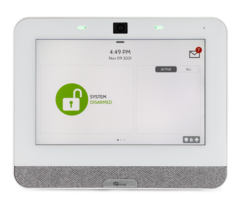
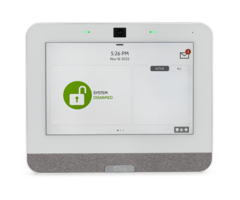
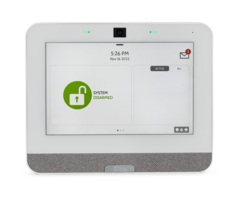
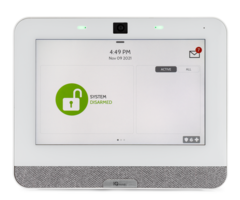

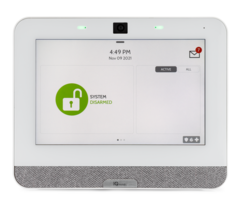
Related Categories
- Home Automation
- Home Automation
- Apartment Security Systems
- Home Automation Controllers
- Monitored Home Security Systems
- DIY Wireless Security Systems
- Wireless Touchscreen Alarm Panels
- Small Business Security Systems
- Answered
- Answered By
- Fred Daniels
